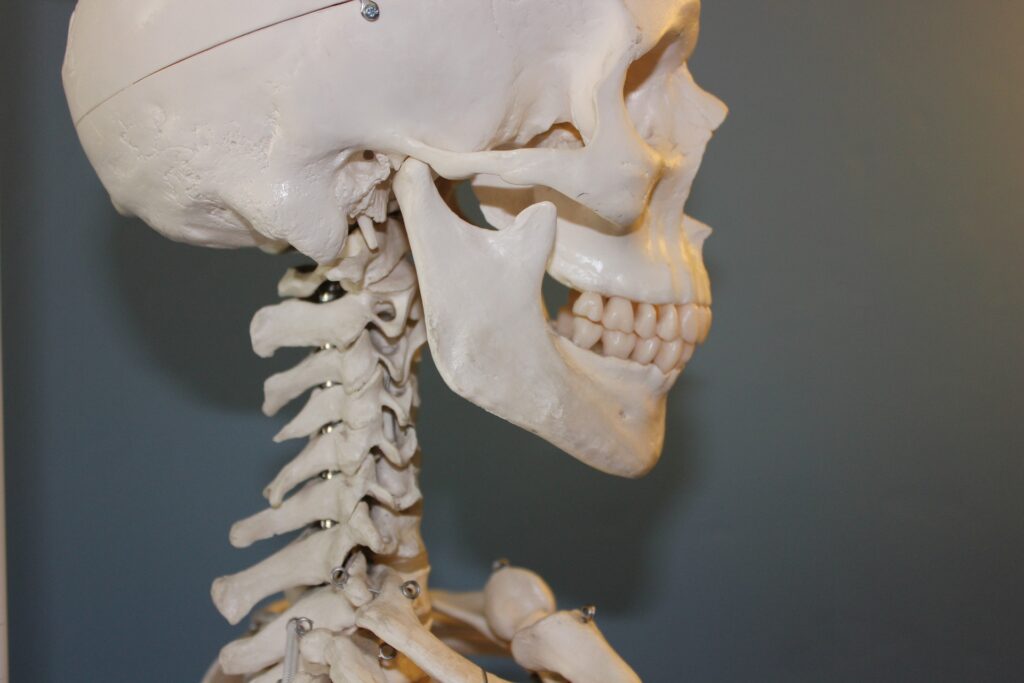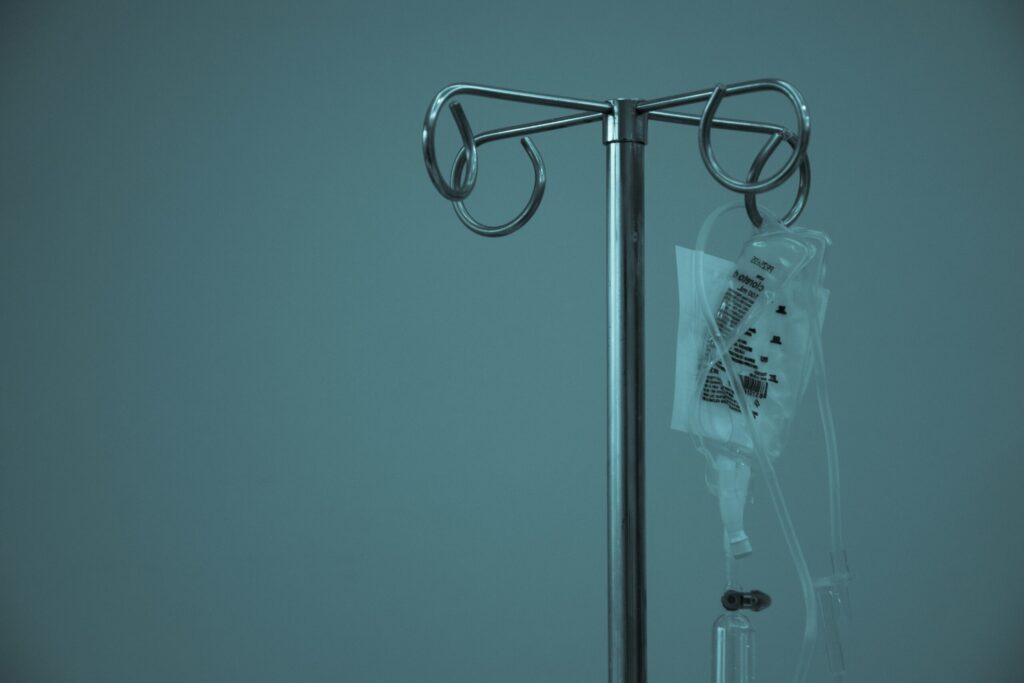Research at Penn Dental Medicine is uncovering unique properties of jaw stem cells. Unlike stem cells from other bones like hips, those from the maxilla and mandible have shown superior regenerative abilities. A deeper understanding could lead to potential advancements in treatments for maxillofacial injuries and defects.
Key Points
- Compared to other skeletal stem cells, jaw stem cells possess higher regenerative capacities and require less chemical stimulation to form new bone.
- Dr. Sunday Akintoye and his team are studying orofacial bone mesenchymal stem cells (MSCs) to identify their site-specific characteristics and distinguishing factors.
- These findings could improve surgical outcomes and treatments for bone defects and tumors in the facial region, such as ameloblastoma.
- Ameloblastoma, a significant tumor that often grows undetected before severely damaging the jawbone, appears to occur and recur more frequently in Black patients than non-Black patients, according to the researchers’ preliminary analysis.
- It might be possible to graft jaw stem cells in order to promote rapid healing and jaw reconstruction after surgery.
Understanding jaw-specific stem cells could revolutionize treatments for facial bone damage from trauma, surgery, or tumors.
The Data
- In ameloblastoma, the cells that form the protective enamel lining on teeth grow uncontrollably.
- Ameloblastoma is typically diagnosed in adults aged 30 to 60, but it can also occur in children and young adults.
- Currently, approximately 10% of these tumors recur, even after surgery.
Industry Context
Incorporation of the jaw stem cells into a graft could help promote rapid healing and can help with jaw reconstruction after surgery.
Sunday O. Akintoye, BDS, DDS, MS
This research could help to set a new standard for facial reconstructive surgeries and treatments. It’s a glimmer of hope in a surgical specialty that needs more support. A recent survey found that twenty-eight countries (26.9%) have two or fewer oral and maxillofacial (OM) surgeons.



